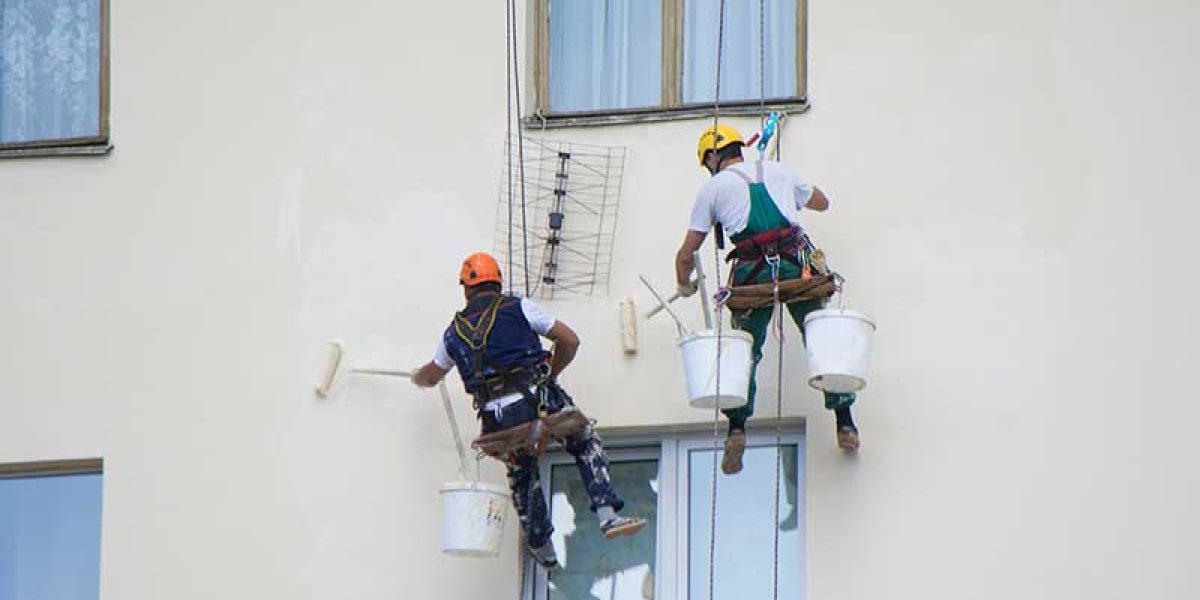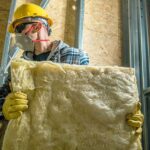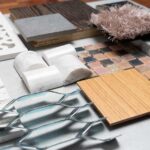Paint is not merely an aesthetic component; it is essential for protecting structures and enhancing their aesthetic appeal. It can be difficult to select the appropriate paint for an undertaking due to the abundance of available options. In this blog, we will delve into the world of paints and examine ten of the most popular varieties used for buildings and homes. Explore the various hues that can transform your living spaces!
1.Interior Wall Paint
Interior wall paint is a versatile option designed to beautify and preserve your home’s interior walls. It provides superior coverage, a flawless finish, and longevity. Using the available matte, eggshell, and satin finishes, you can create the desired ambiance in each room.
2.Exterior Wall Paint
Exterior wall paint is formulated to defend against UV rays, precipitation, and temperature fluctuations. It provides long-lasting color retention, weather resistance, and a boost to your home’s curb appeal.
3.Ceiling Paint
Ceiling Paint Despite its apparent simplicity, ceiling paint serves a vital purpose. It minimizes glare and provides a homogenous appearance due to its flat finish. This type of paint is frequently formulated to resist staining and yellowing, giving your ceilings a pristine appearance.
4.Primer Paint
Primer paint creates a clean surface for the main paint to adhere to. It improves paint adhesion, conceals stains, and promotes a uniform appearance. Priming is particularly essential when working with porous surfaces or when switching between colors.
5.Paint for Trim and Doors
Paint for trim and doors is specially formulated to resist fingerprints and scratches. This paint, which is typically available in semi-gloss or gloss finishes, lends a touch of sophistication to baseboards, doors, and other architectural details.
6.Masonry Paint
Exterior surfaces composed of concrete, brick, or stucco should be painted with masonry paint. It provides superior adhesion and protection from moisture, cracking, and discoloration. Masonry paint helps preserve the structural integrity of a building while giving it a fresh, vibrant appearance.
7.Wood Stain
Unlike conventional paint, wood stain accentuates the natural beauty of wooden surfaces by emphasizing the wood grain. It is available in a range of colors and levels of opacity, allowing you to customize the appearance of terraces, fences, and wooden furniture while protecting them from the elements.
8.Metal Paint
Metal paint is designed to protect metal surfaces from rust and corrosion, such as iron, steel, and aluminum. It is exceptionally durable and resistant to exposure to the elements. In addition to providing a smooth and appealing finish, metal paint enhances the visual appeal of metal fixtures.
9.Floor Paint
Paint for the floor is designed to withstand heavy foot traffic, spillage, and abrasion. On concrete surfaces in basements, garages, and commercial spaces. This form of paint increases the floor’s durability and makes it easier to clean and maintain.
10.Specialty Paints
In addition to the previously mentioned varieties, there are numerous specialty paints available for specific purposes. Anti-mold paint prevents mold growth in areas prone to moisture, whereas anti-condensation paint prevents condensation accumulation on walls. The ability of heat-reflective paint to regulate temperatures and reduce energy consumption makes it an excellent option for exterior surfaces.
Conclusion
Painting is an art form that enables the transformation of living spaces and the expression of personal style. Understanding the various types of paints available for use on structures and homes is crucial for achieving desired results. Whether you are painting interiors, exteriors, or specific surfaces, selecting the appropriate paint ensures both aesthetic appeal and durability. So, grab your paintbrush and let your imagination run wild as you revitalize your home with the ideal paint!








